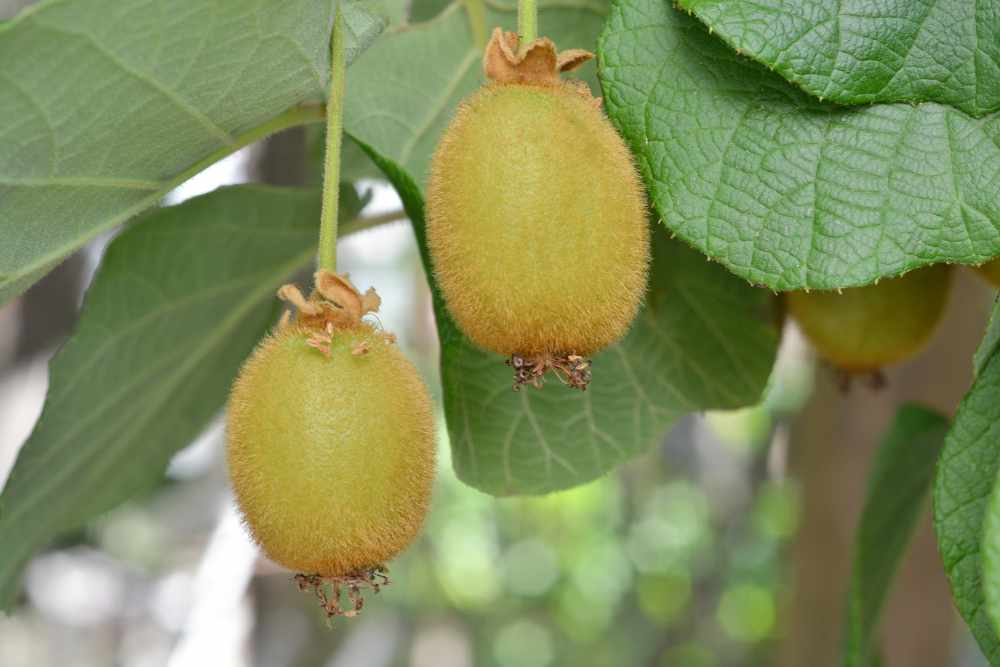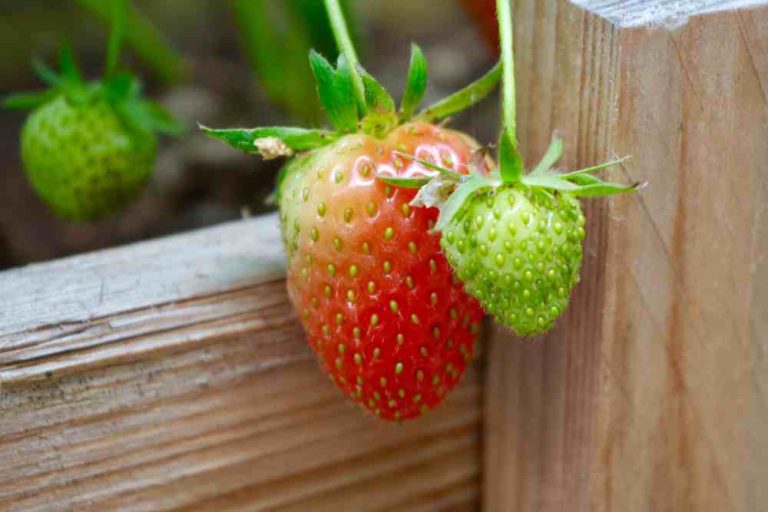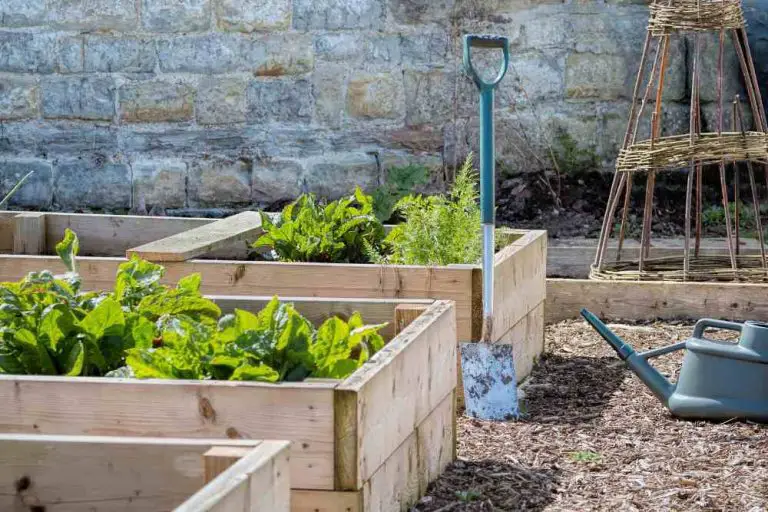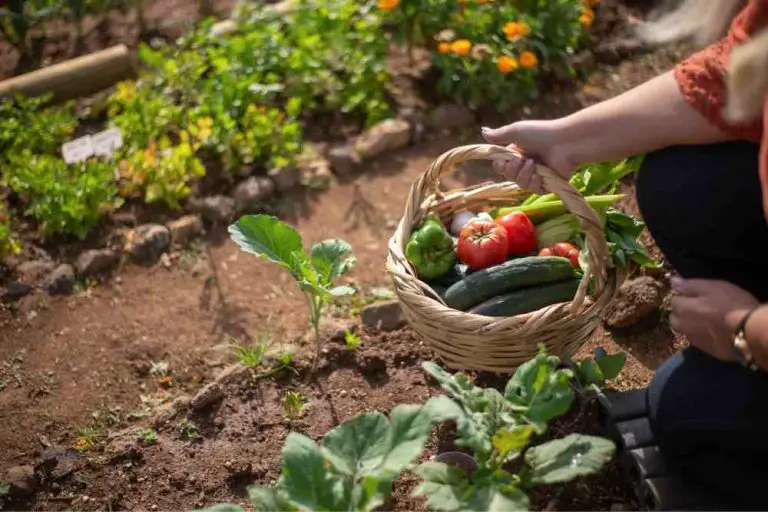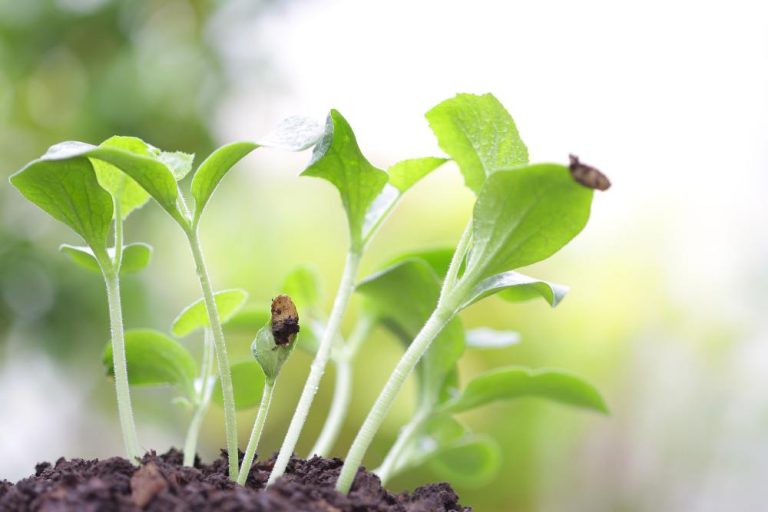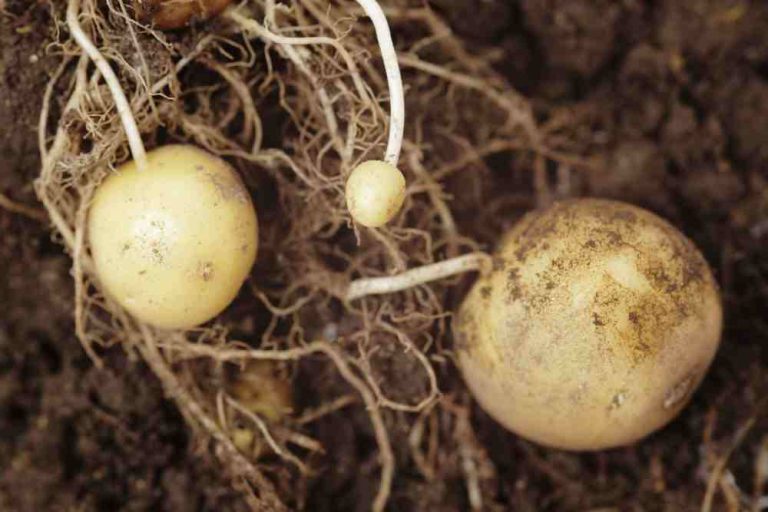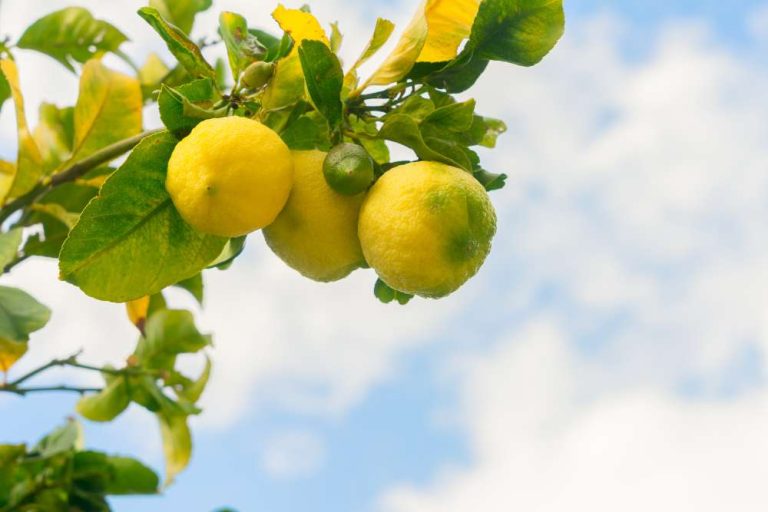Growing Kiwi in Your Home Garden: A Complete Guide
Do you ever think about growing kiwi? Kiwifruit is well-known for its excellent nutritional content and has become more popular among consumers worldwide.
About Kiwifruit
The kiwifruit plant (Actinidia deliciosa) originated in temperate southern China. It was previously known as the “Chinese gooseberry” in English. The plant was introduced into Europe, the United States, and New Zealand in the early 20th century, where the vast majority of kiwifruit is grown today.
Kiwi plants are rapidly growing deciduous vines that favor warm temperate areas and, when given the correct conditions, produce an extremely good, edible fruit. Kiwis grow similarly to grape vines, but much faster. They can extend 20-30 feet depending on the cultivar and require strong support like a trellis.
Kiwi Varieties
- Actinidia deliciosa (Fuzzy Kiwi)
This is the type available in supermarkets, with bright green flesh and fuzzy skin. It is not extremely hardy and can be difficult to cultivate in cool climes. Hayward and Vincent are two notable types.
- Actinidia arguta (Hardy Kiwi)
The hardy Kiwi is a superior choice for the Pacific Northwest. It is more winter hardy. The fruit on these vines resembles grapes rather than the traditional fuzzy kiwi. They have edible skins that are silky and have a good flavor and aroma. The self-fertile Issai and the Male and Female Hardy Kiwi are notable variations.
- Actinidia kolomikta (Arctic Beauty Kiwi)
This kiwi is commonly used as an ornamental plant since it is exceptionally hardy and has lovely green, white, and pink foliage. The fruit is smaller than the hardy kiwi, but it is quite sweet and has a pleasant aroma and flavor. This species’ fruit is also highly high in Vitamin C, making it ideal for health-conscious persons. Male and female variants are available.
Key Requirements For Growing Kiwi
Light
To flourish and yield fruit, most kiwi plants prefer a sheltered sunny site. Arctic Beauty Beauty, prefers some shade.
Soil/Moisture
Kiwis prefer moist, well-drained soil. Because they have shallow roots, place a layer of mulch around the base of the plant to help maintain moisture and keep the roots warm. Kiwis need a regular source of moisture during the summer. If you notice your kiwi plant drooping, quickly water it. In the warm season, deep watering twice a week is good; water more if necessary.
Water
Your kiwifruit vines will require continuous watering and are not drought-tolerant. As a result, you should never let their soil dry out. However, they dislike wet feet, therefore well-draining soil is very important. Browning or drooping leaves on the vine are usually an indication that your plant needs more water.
Temperature and Humidity
Kiwifruit enjoys mild temperatures, though they do require a period of cold to set fruit. Furthermore, the vines can withstand hot summer temperatures of up to 114 F, though they will require additional water to compensate. When it comes to humidity requirements, there are no special requirements, and will survive in humidity levels of their USDA hardiness zones.
Fertilizer
Kiwifruit vines survive in soil that is rich in nitrogen and organic matter. If nitrogen is not present in your soil after testing, you should amend it using a nitrogen-rich fertilizer. Regular feedings are especially necessary as the vine grows and establishes itself. Use a slow-release all-purpose fertilizer blend to feed your plant when it is first planted, in early spring, and after the blossoms fade in the summer.
Nitrogen-Rich Fertilizer
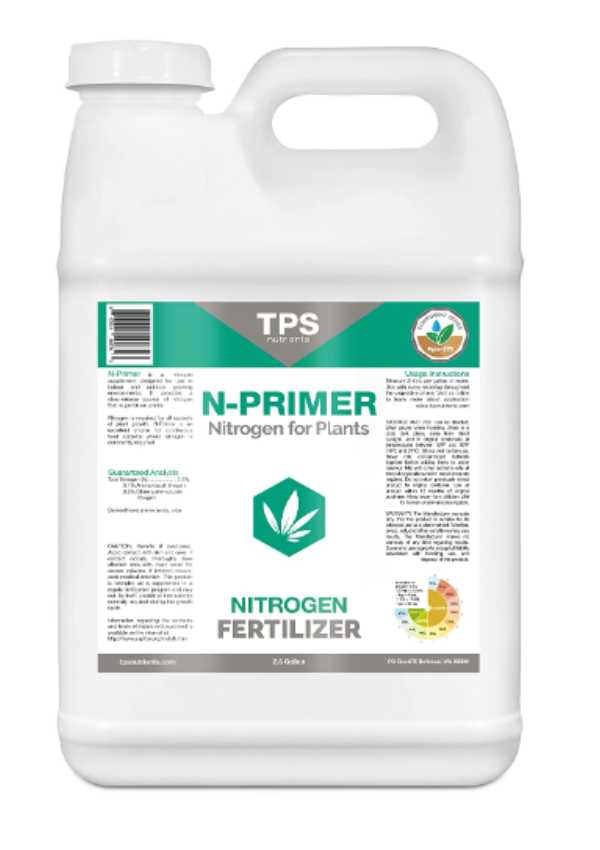
Slow-Release All-Purpose Fertilizer

Pollination
Kiwifruit is a dioecious fruit. As a result, both female and male plants must be planted. The recommended ratio is 6-8 female plants to one male plant. Only female plants bear fruit. It is important to know the direction of the prevailing wind and grow male plants upwind from female plants.
As a result, strong wind during bloom can be very beneficial in promoting fruit sets. Bees and other pollinators are primarily responsible for pollinating kiwifruit. Wind, on the other hand, can help pollinate them. To ensure healthy fruit, growers, and gardeners are encouraged to do their hand pollination. Commercial growers have been known to buy dried pollen from commercial vendors to boost kiwi harvests.
Growing Kiwi In Your Garden
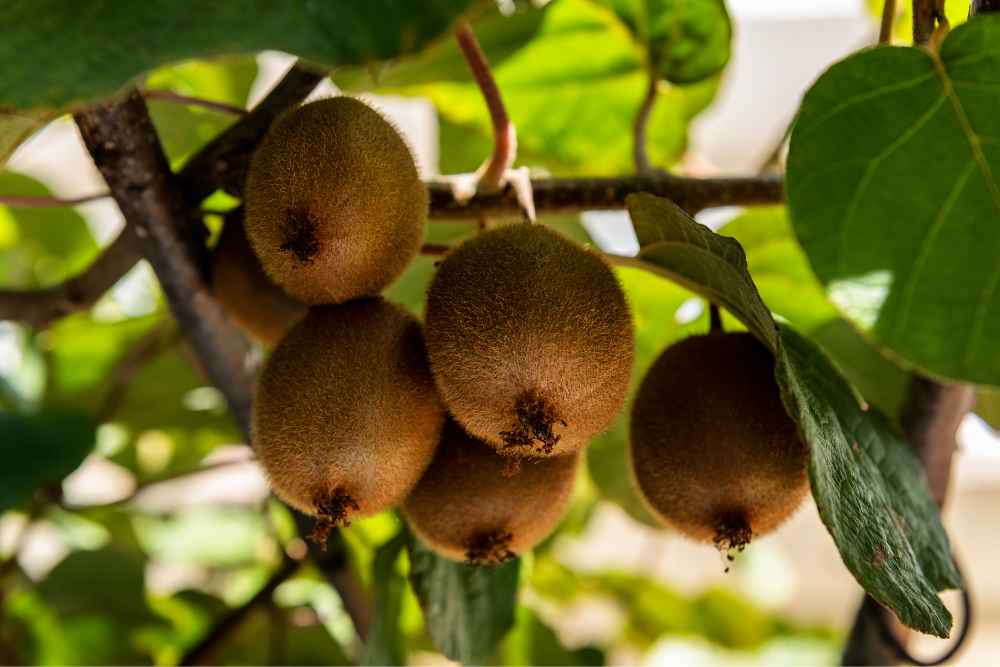
Selecting and Preparing a Planting Site
Choose a sunny location for maximum growth and fruit. Plant kiwi’s in an area of the garden that is protected from wind to prevent damage. Kiwis prefer well-drained soil with plenty of summer water. Kiwi vines do not handle wet winter soils and become susceptible to root and crown rot. Plant them in raised beds or berms if your soil is heavy. The optimal location for kiwi planting is one that is not exposed to early fall freezes or late spring frosts.
Place the vines on the north side of the garden in cooler regions to reduce the possibility of freeze-thaw damage in the early spring, when plants are most susceptible. Kiwi plants require well-drained soil because they are susceptible to root rot if kept wet.
Kiwi vines grow slowly and require solid support. Build a tall, heavy-duty trellis structure to support vines that can grow 15 feet wide and 20 feet long, producing up to 100 pounds of fruit.
How to Plant Kiwi Vines
Planting both male and female kiwi plants will ensure a strong crop. The fruit is produced by the females. A male plant should be present for every six female plants, according to experts. The distance between kiwi vines should be 15 to 20 feet.
If the roots are too lengthy upon planting, you might need to cut them. Plant vines are just deep enough for the soil to surround the roots. When you’re planting vines, give them plenty of water.
Pruning
The most challenging task for many kiwi fruit growers is pruning. A sharp pair of high-quality pruners must be used to trim the vines when they are dormant in the winter and two or three times throughout the summer. In the winter, cut back any branches that produced fruit the previous year and any dead or crossed branches.
The branches that are one-year-old bear the most fruit; keep them undisturbed. As an alternative, cut them back to the eighth node from the plant’s root system (the nodes look like little nubs along the branch). These nodes will generate fresh fruiting spurs in the spring. Cutting back any tall, arching vines that extend past the growing fruits is a part of summer pruning. In the summer, you can trim non-flowering trellis-extending vines.
Trellising the Vines
A 6′ T-bar trellis constructed of treated wood or metal post put in concrete is the best trellis for ease of harvest and pruning for the home grower. Place three to five 12-gauge horizontal wires at 1′ to 12′ intervals throughout the trellis, and position plants 15′ to 20′ apart. A standard T-bar trellis is made up of posts with a 5- to 6-foot-long cross arm stretching over the post (depending on row width). Kiwi fruiting canes are attached to wires on the cross arm.
Harvesting
As the Kiwi Fruits are long-lived plants that can bear fruit for decades. They frequently do not produce when they are young. Your first crops should be ready between the ages of 2 and 5 years.
When To Pick Kiwi Fruit
The fruit normally matures in September/October, making it susceptible to early fall frosts in some locations. When the fruit is soft to the touch and ready to eat, harvest it. If early fall frosts are a problem, pick kiwi fruits while they are still solid but contain black seeds.
These fruits can be kept in the fridge for up to six weeks. Remove it from the refrigerator and set it aside for a few days to soften before eating. Kiwis can be stored in the refrigerator or a cooler for up to six weeks.
- 15 Ingenious Kitchen Garden Ideas to Cultivate Freshness Right at Home - April 7, 2024
- 10 Top Picks Best Plants for Open Terrarium - April 2, 2024
- 21 Easy and Cheap Walkway Ideas for a Charming Garden - March 31, 2024

